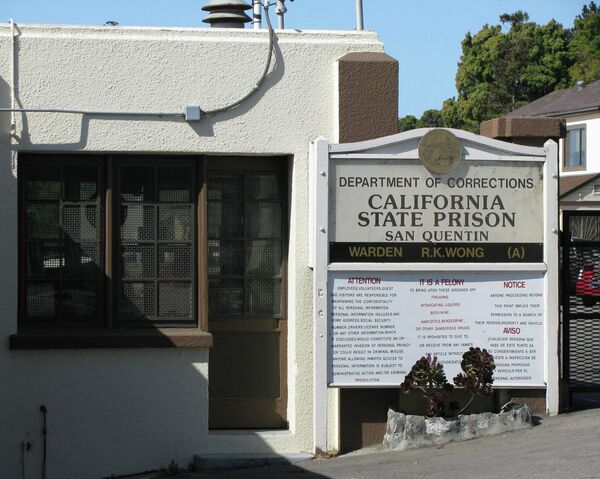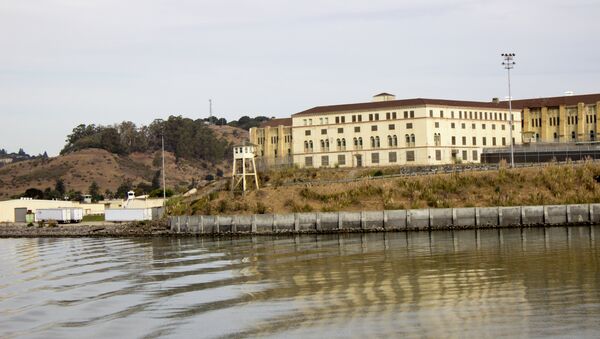San Quentin Prison, the nation’s largest death row, houses 715 out of 751 convicts sentenced to die. And the number of inmates continues to grow since a moratorium was put on lethal injections nine years ago, following complaints of inadequate anesthesia and cramped death chamber conditions.
In July, 2014, US District Court Judge Cormac J. Carney ruled that California’s death penalty system is unconstitutional, due to the delays.
Meanwhile, where are these inmates expected to go?
With plans to appeal the ruling, Gov. Jerry Brown proposed building nearly 100 more cells for these condemned men and making available other cells by releasing low-level drug offenders and thieves under new law voters approved last year, the LA Times reported.

"Until the litigation is resolved, this cost-effective proposal allows [the state corrections department] to safely house condemned inmates going forward," corrections department spokeswoman Terry Thornton said last week.
California Legislators would have to approve the governor’s funding request as part of the state’s $113-billion budget. The funding is expected to go towards revamping a block inside the main prison, by boosting security and updating the showers to allow for inmates to be handcuffed while they wash.
Those opposing the new proposal argue that the governor doesn’t address deeper problems with the California system.
"This is a failure of Gov. Brown to do the things within his power to move things forward," said Kent Scheidegger, legal director of the Criminal Justice Legal Foundation, a group that has sued California seeking to force the state to resume executions.
The last person to be executed in California was 76-year-old Clarence Ray Allen in January 2006. Allen had been sentenced to death for ordering the murders of three people in 1980 while serving a life sentence for murder in California’s Folsom Prison.



